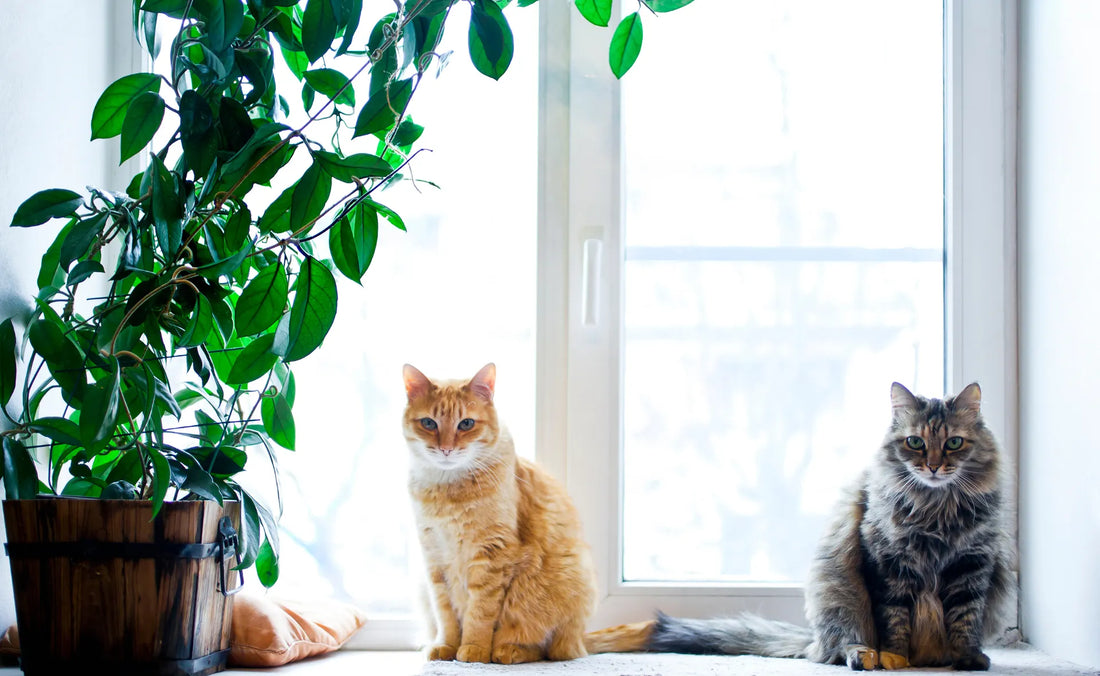Plants and pets — especially cats — aren’t always a match made in heaven for a multitude of reasons. One being: cats are known for having a proclivity for knocking over plants just for fun, sending your potted plant babies to the ground in one fell swoop of a paw.
But a bigger danger could be lying in the soil that goes far beyond the mess of a pushed over plant. The plants you’re growing indoors could be toxic to your cat. So, if you’re a plant enthusiast, and a cat parent, it’s important to know about these common house plants that are dangerous to have around your fur babies — and some good alternatives if your green thumb is really itching to have plants around!

